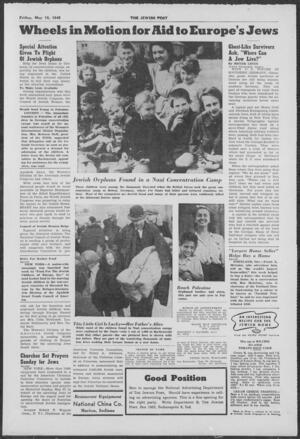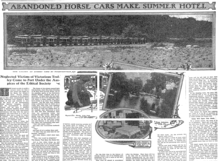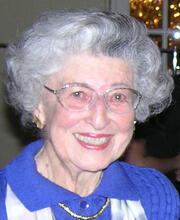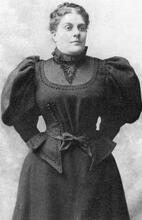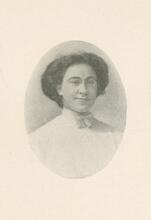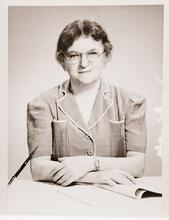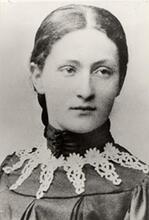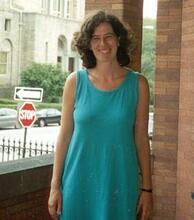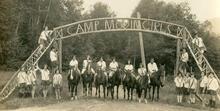Celia Strakosch
Born into a middle-class family in California, Celia Strakosch began her career in social work in New York City, where she moved after her marriage. She worked with several organizations, including the Emanu-El Employment Bureau for Jewish Girls and the National Council of Jewish Women; in both institutions, she held leadership positions. During her decades of service, Strakosch focused especially on alleviating poverty among Jewish girls and continued her work until her death.
Article
Before her death at age eighty-three, Celia Strakosch could look back on a lifetime of social work, which led her from an affluent California town to the older (and poorer) traditionally Jewish neighborhoods in the Bronx and the Lower East Side of New York City. Her career after her marriage centered around a number of social organizations, some of which she founded and others to which she lent her considerable organizational skill.
Strakosch was born on November 14, 1879, in Truckee, California, to Jacob and Mary Lewison. She graduated from the Normal School in San Francisco, where she taught from 1900 to 1906. As was the case with most middle-class women of her generation, her marriage signaled the end of her employment. On June 3, 1906, she married Edgar H. Sigismund Strakosch, with whom she had one daughter, Frances S. Alexander.
In 1913, the couple moved to New York, where Strakosch quickly became involved in volunteer social work. From 1914 to the beginning of the active United States involvement in World War I, Strakosch was the director of the Emanu-El Employment Bureau for Jewish Girls. During the war, she served as the assistant director of the Mayor’s Committee on Unemployment. At the war’s end, she returned to Jewish social work, joining the Emanu-El Sisterhood Settlement House in Brooklyn in 1920. Although she remained on the Settlement House’s staff until the beginning of the Great Depression, she also became the director of the Reconstruction Unit of the National Council of Jewish Women, in order to help the Jewish communities in Europe devastated by the general destruction and pogroms of World War I.
During the 1930s, Strakosch joined the legions of social workers—mostly female—hoping to mitigate the effects of extreme poverty. In 1930, she rejoined the Emanu-El Employment Bureau (renamed the Federation Employment Bureau for Jewish Girls) as assistant director. However, most social workers, no doubt including Strakosch, realized the futility of large-scale social work during the Depression. Increasingly, she turned her attention to the plight of Jewish children. From 1923 to 1944, she was the owner and director of Camp Awanee for Girls, a low-cost camp providing outdoor experiences for poor Jewish girls.
Following World War II, Strakosch continued her work in children’s social service. Between 1946 and 1948, she was the executive director of the Brightside Day Nursery. In the 1950s, she served on the board of the Bronx House Emanu-El Camps.
By the time Strakosch died on May 9, 1961, her career in social work had spanned five decades. Her particular focus on Jewish issues and organization was typical of Jewish American women from affluent backgrounds. Social work represented not only her dedication to the larger Jewish community but also an empowering position beyond the potentially restrictive limits of middle-class domestic existence.
AJYB 63 (1962): 562.
Obituary. NYTimes, May 10, 1961, 45:3.
WWIAJ (1938).

